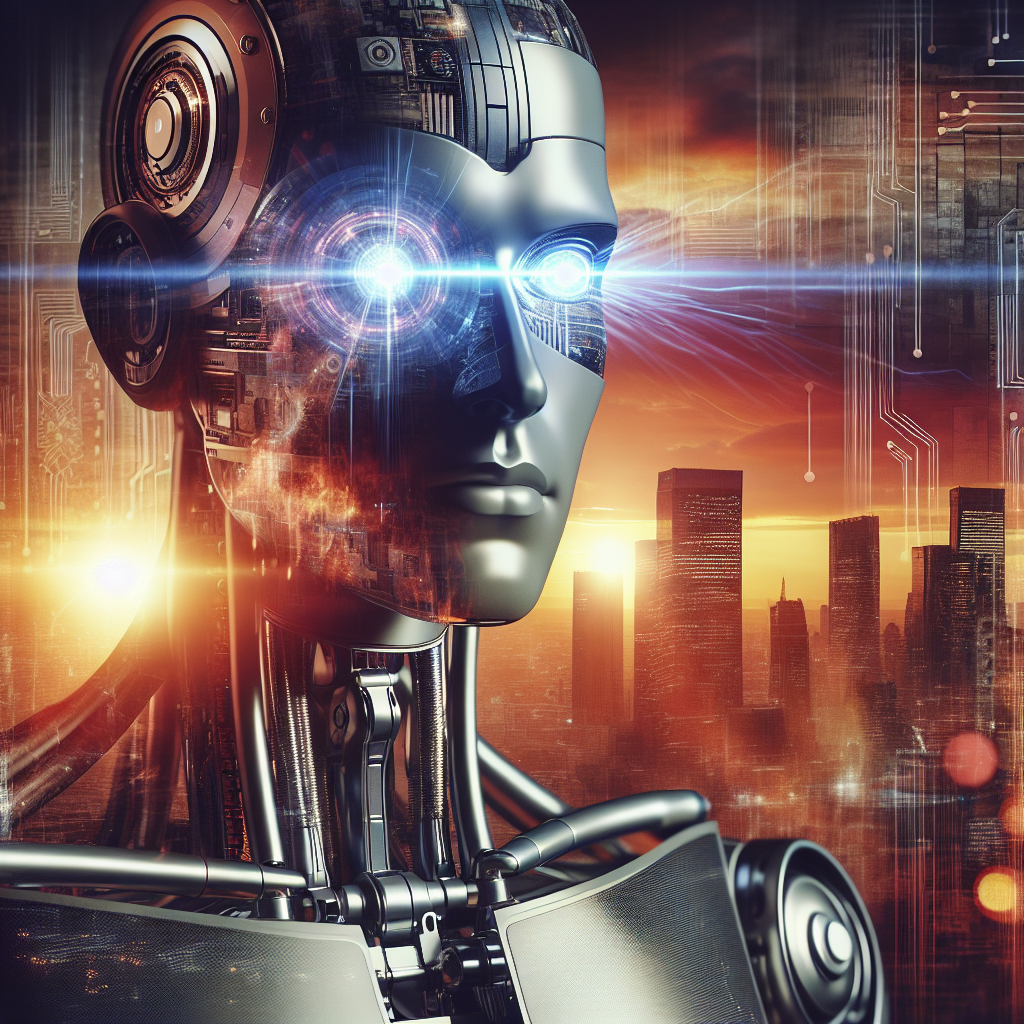Artificial intelligence (AI) has the potential to revolutionize the way we live and work. From self-driving cars to medical diagnostics, AI has the power to improve efficiency, accuracy, and convenience in virtually every industry. However, as with any powerful technology, there are risks associated with its misuse and malicious intent.
The Risks of AI Misuse
One of the biggest risks of AI misuse is the potential for bias and discrimination. AI systems are only as good as the data they are trained on, and if that data is biased or incomplete, the AI system will produce biased results. For example, a hiring AI that is trained on historical data may inadvertently perpetuate gender or racial biases by favoring candidates who resemble past hires. This can lead to unfair hiring practices and perpetuate inequality in the workplace.
Another risk of AI misuse is the potential for job displacement. As AI becomes more sophisticated, it has the potential to automate many tasks that are currently performed by humans. While this can lead to increased efficiency and productivity, it can also lead to widespread job loss in certain industries. This can have a devastating impact on individuals and communities who rely on these jobs for their livelihood.
AI systems can also be vulnerable to hacking and cyberattacks. If an AI system is compromised, it can be used to carry out malicious activities such as spreading misinformation, launching cyberattacks, or even causing physical harm. For example, a self-driving car that is hacked could be directed to crash into a crowded area, causing serious injury or death.
The Risks of AI Malicious Intent
In addition to the risks of AI misuse, there is also the potential for AI to be used for malicious intent. AI systems can be weaponized to carry out cyberattacks, surveillance, and other nefarious activities. For example, AI-powered bots can be used to spread disinformation and manipulate public opinion, leading to political unrest and social division.
AI systems can also be used to create highly realistic deepfake videos, which can be used to spread false information or incriminate individuals. Deepfake technology has the potential to undermine trust in media and institutions, making it difficult to distinguish fact from fiction.
Furthermore, AI systems can be used to carry out targeted attacks on individuals or organizations. For example, AI-powered malware can be used to infiltrate computer systems and steal sensitive information, such as financial data or personal information. This can lead to financial loss, identity theft, and other serious consequences.
FAQs
Q: Can AI be biased?
A: Yes, AI systems can be biased if they are trained on biased data. It is important for developers to carefully curate and evaluate the data used to train AI systems to ensure that biases are not perpetuated.
Q: How can AI be protected from cyberattacks?
A: AI systems can be protected from cyberattacks by implementing strong security measures, such as encryption, authentication, and regular security updates. It is also important for organizations to monitor their AI systems for any signs of unusual activity that could indicate a potential attack.
Q: What can be done to address the risks of AI misuse and malicious intent?
A: To address the risks of AI misuse and malicious intent, it is important for developers to prioritize ethics and accountability in the design and deployment of AI systems. This includes implementing transparency and oversight mechanisms, as well as ensuring that AI systems are designed to prioritize human well-being and safety.
In conclusion, while AI has the potential to bring about great benefits, it also comes with risks that must be carefully managed. By addressing the risks of AI misuse and malicious intent, we can ensure that AI is used responsibly and ethically to benefit society as a whole.

